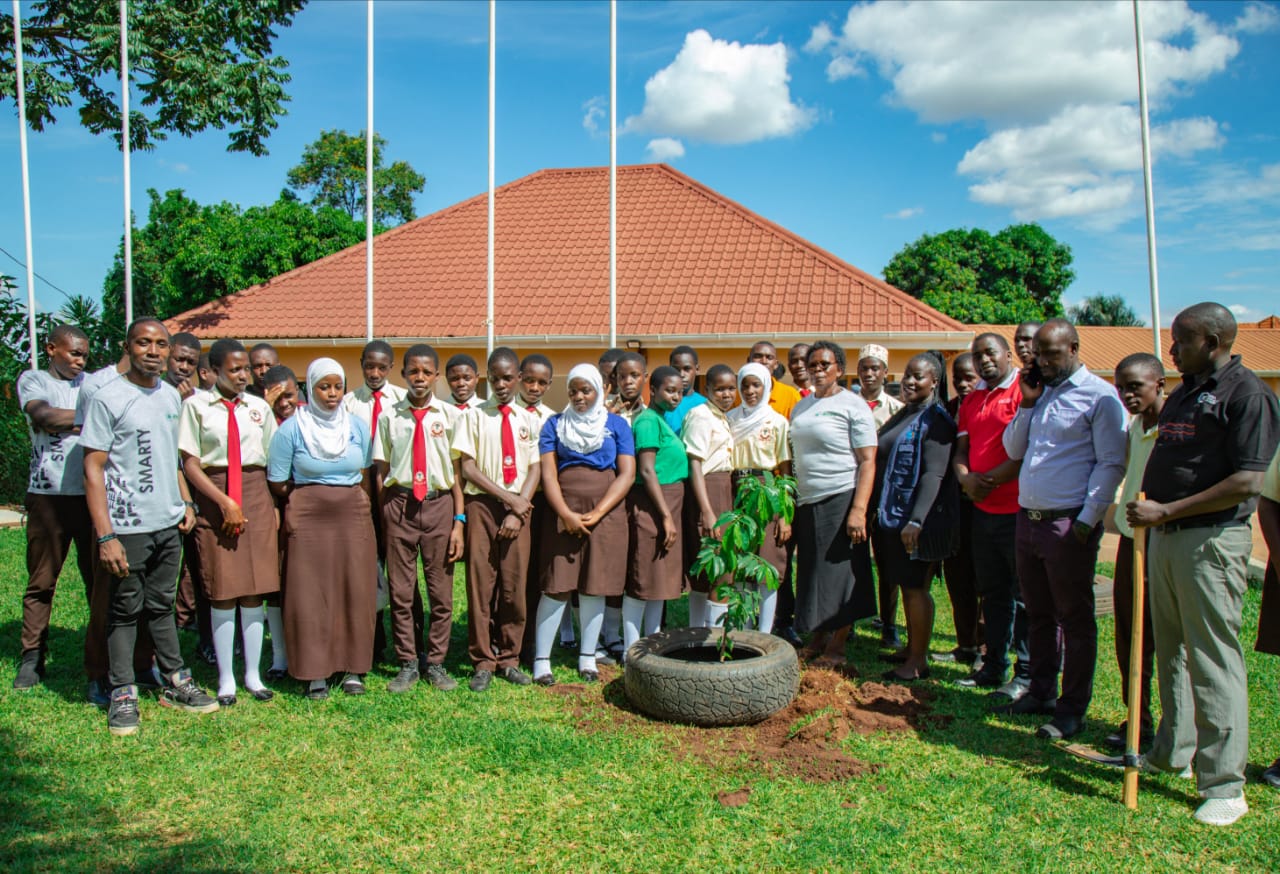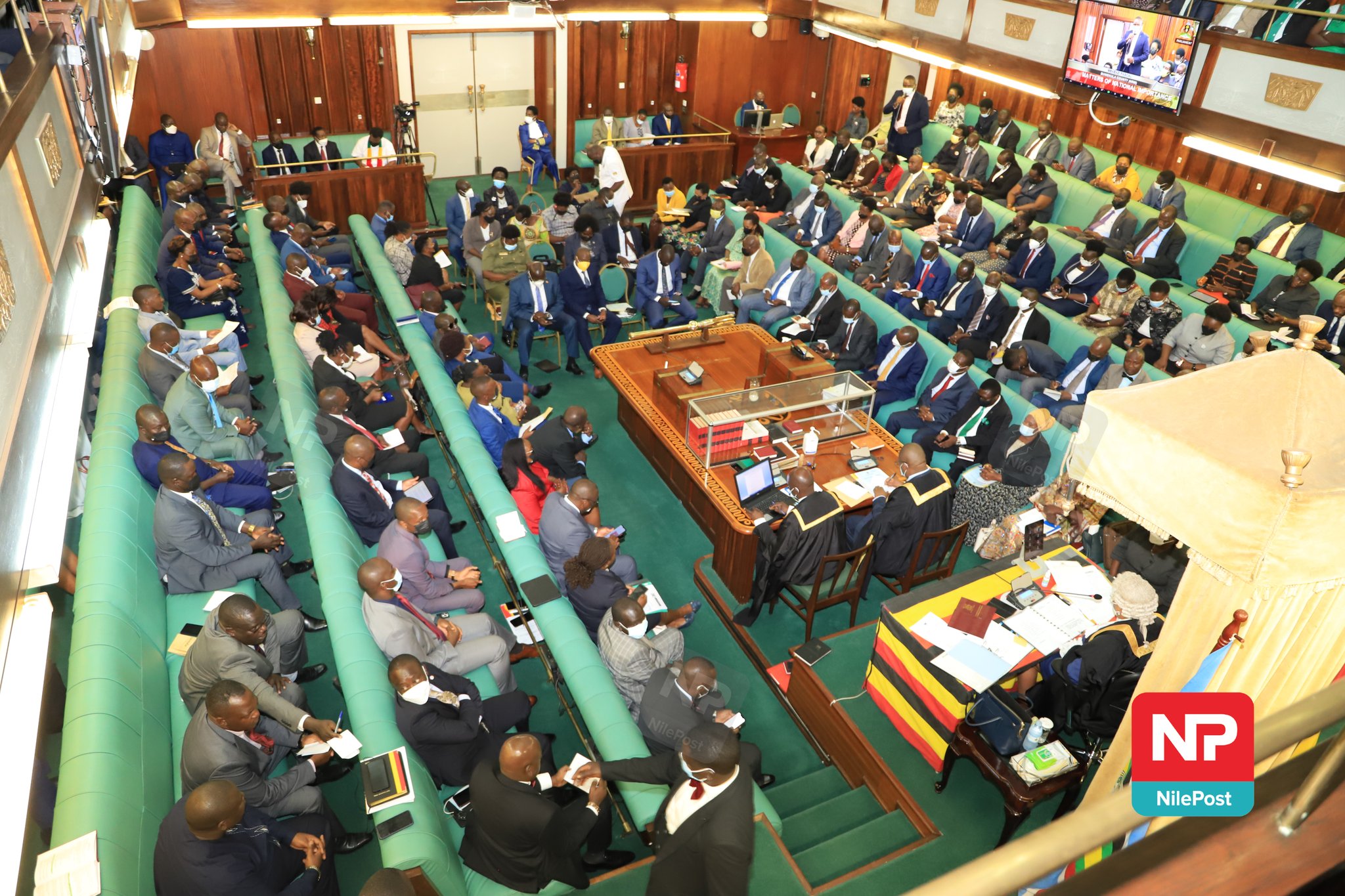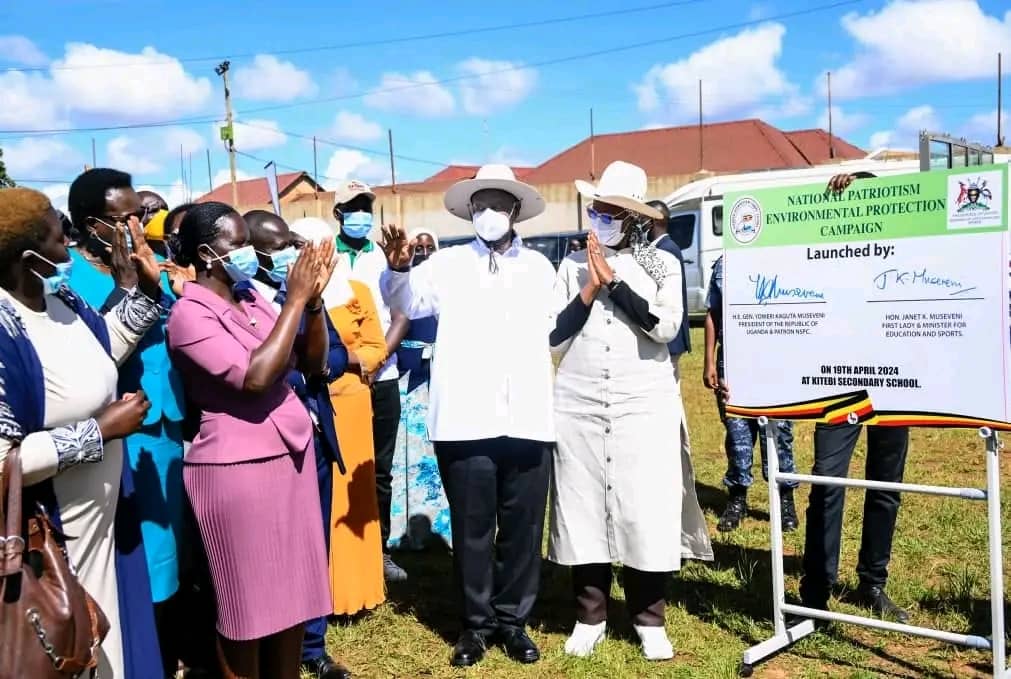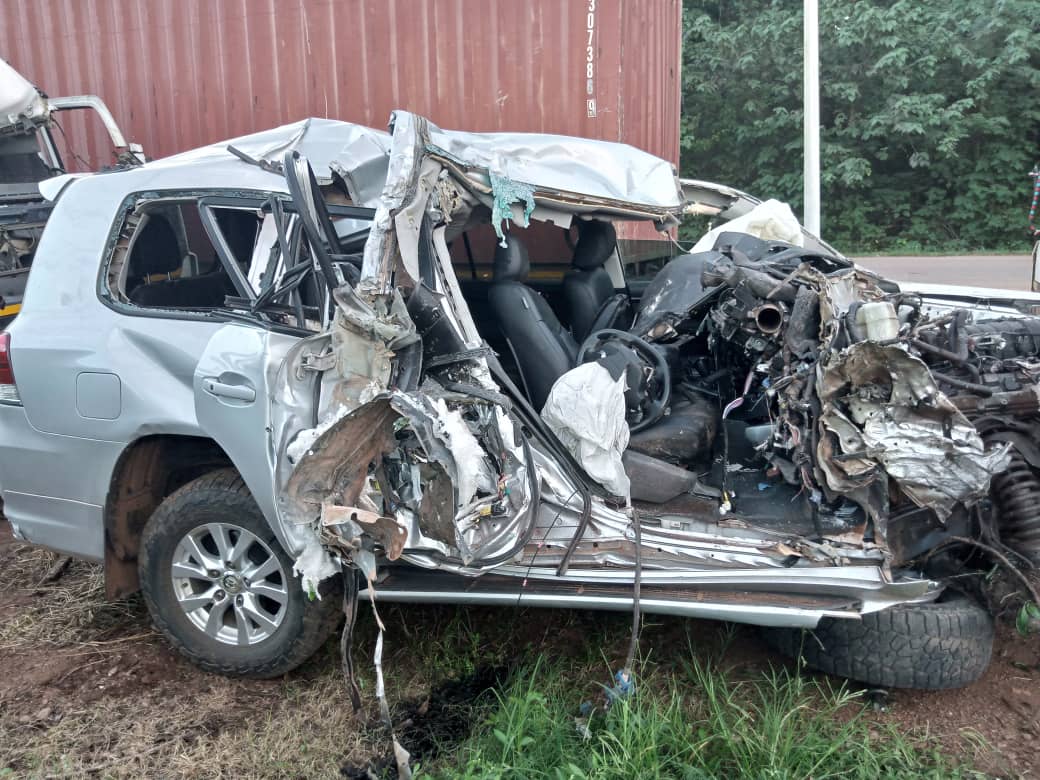Rakai: HIV/Aids situation getting better
Rakai district, which was the epicentre of HIV/Aids in the 1980s and 90s has recorded a drop in HIV infection rates.
According to the Rakai Health Services Programme report, the mean incidence of HIV infection declined by 42% from roughly two people out of 100 getting infected in 2006 to one person getting infected out of the same num er in 2016.
Keep Reading
The report presented by Prof David Sserwadda of Makerere University also noted that the HIV prevalence is high among girls aged between 20 and 24.
The Rakai health sciences programme supported by ministry of Health conducted the survey between 1999 and 2016 in 30 communities assessing trends in the incidence of HIV.
Sserwadda said: “In men , the HIV is lower compared to women because men are medically circumcised and women are on treatment thus reducing the viral load among the men.”
Rakai health sciences programme initiated the combination of antiretroviral therapy and medical circumcision to prevent the ravaging disease.
According to Sserwadda the preventive measure has played a significant role in combating HIV in the area.
The report also indicated that male circumcision coverage increased from 15% in 1999 to 59% by 2016 while the HIV viral-load suppression among HIV-positive persons increased from 42% in 2009 to 75% by 2016 .
HIV/AIDS in Uganda was first recorded at Kasensero landing site, on the shores of Lake Victoria, in Rakai district.
It is from this background that government devised means to curb the increasing HIV rates in the area.













